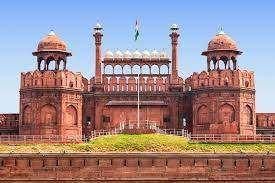Breaking News
Friday, 19 December 2025
Insurance, Loans, Mortgage, Attorney, Credit, Lawyer, Donate, Degree, Hosting, Claim, Conference Call,Trading, Software, Recovery, Transfer, Gas/Electicity, Classes, Rehab, Treatment, Cord Blood,Insurance, Loans, Mortgage, Attorney, Credit, Lawyer, Donate, Degree, Hosting, Claim, Conference Call,Trading, Software, Recovery, Transfer, Gas/Electricity, Classes, Rehab, Treatment, Cord Blood,Mesothelioma Law Firm, Donate Car to, Donate Car for, Donate Cars in, Donate Your Car, How to Donate, Sell Annuity Payment, Donate Your Car, Asbestos Lawyers,Structures Annuity Settlement, Car Insurance Quotes, Annuity Settlements,Nunavut Culture,Dayton Freight Lines, Hard drive Data, Donate a Car, Motor Replacements,Cheap Domain Registration, Donating a Car, Donate Cars Illinois, Criminal Defense Attorneys, Best Criminal Lawyers, Car Insurance Quotes, Life Insurance Co, Holland Michigan College, Online Motor Insurance, Online Colleges,PaperPort Promotional Code, Online Classes,World Trade Center, Massage School Dallas, Psychic for Free, Donate Old Cars, Low Credit Line, Dallas Mesothelioma Attorneys, Car Insurance Quotes, Donate your Car, Cheap Auto Insurance, Met Auto,Forensics Online Course, Home Phone Internet, Donating Used Cars, Ph.D. on Counseling, Neuson, Car Insurance Quotes, Royalty Free Images, Car Insurance in, Email Bulk Service, Webex Costs,Cheap Car Insurance, Cheap Car Insurance, Register Free Domains, Better Conference Calls, Futuristic Architecture,Mortgage Adviser,Car Donate,Virtual Data Rooms, Online College Course, Automobile Accident Attorney, Auto Accident Attorney, Car Accident Lawyers, Data Recovery Raid, Criminal lawyer Miami, Motor Insurance Quotes, Personal Injury Lawyers, Car Insurance Quotes, Asbestos Lung Cancer, Injury Lawyers,Personal Injury Law, Online Criminal Justice, Car Insurance Companies, Dedicated Hosting, Dedicated, Insurance Companies,Business VOIP Solutions, Auto Mobile Insurance, Auto Mobile Shipping, Health Records, Personal, Online Stock Trading, Forex Trading Platform












